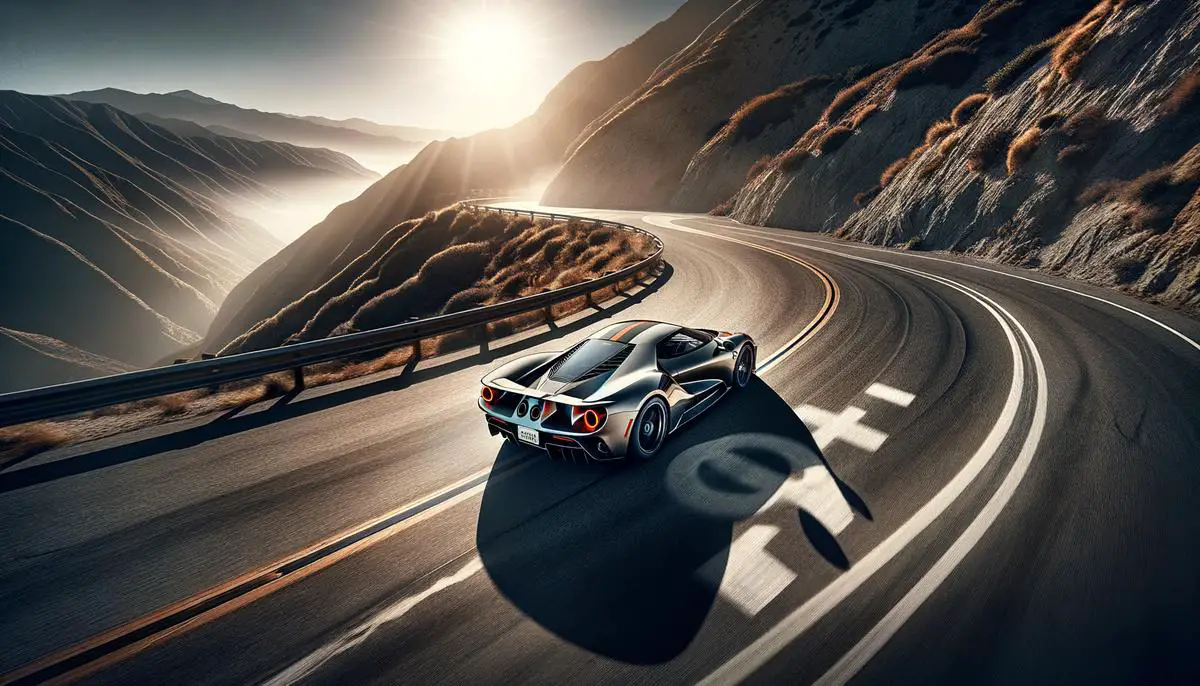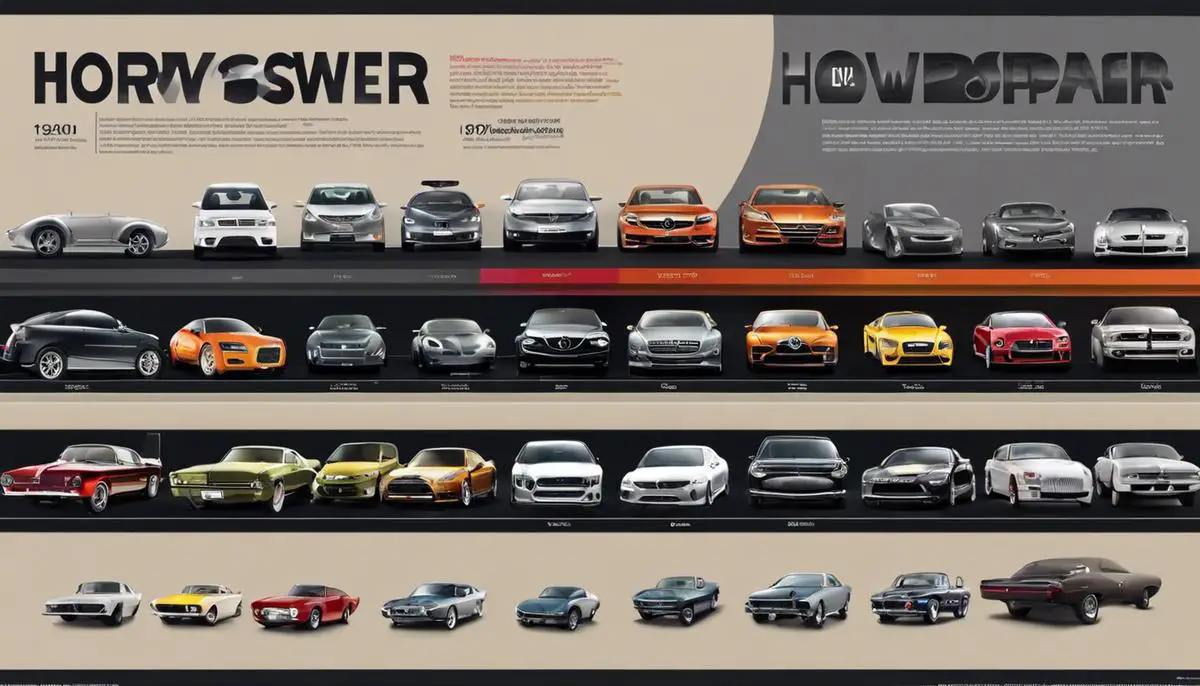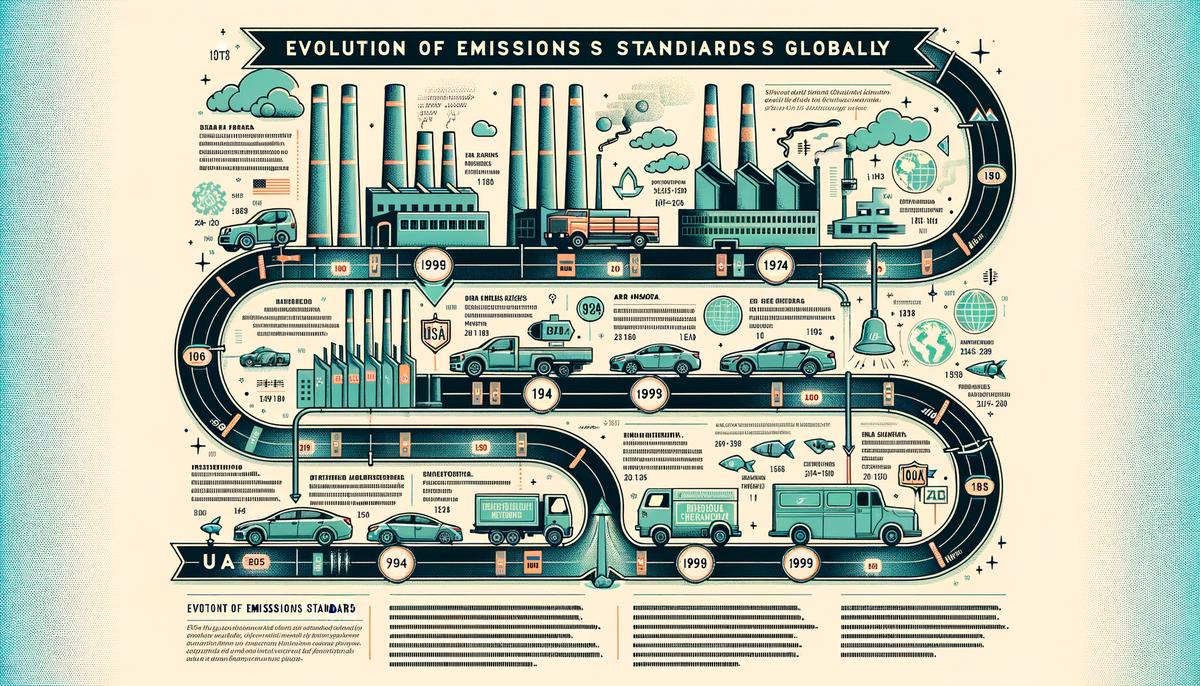Contents
Understanding Center of Gravity in Vehicles
A vehicle's center of gravity (CG) is the imaginary point where its total weight is considered to be concentrated. This point plays a crucial role in stability and handling.
A lower center of gravity generally means better stability by reducing the likelihood of tipping over, especially during sharp turns or sudden maneuvers. Sports cars typically have a lower center of gravity, allowing them to handle sharp corners at high speeds better than taller SUVs or trucks.
Conversely, vehicles with a high center of gravity, like many SUVs and vans, are more prone to rollovers. The position of the CG can vastly influence a vehicle's susceptibility to rolling over during abrupt turns, increasing as the CG gets higher from the road surface.
The center of gravity also affects a vehicle's balance. A well-balanced car distributes weight evenly between all four wheels, ensuring that each wheel maintains adequate contact with the road and enhancing the vehicle's grip and steering accuracy.
Shifting the center of gravity affects driving dynamics. Moving it forward or backward changes how weight is distributed across the front and rear wheels, altering a vehicle's understeer or oversteer characteristics. Understeer is when a car turns less sharply than intended, while oversteer is when it turns sharper.
The height of the center of gravity also interacts with the car's suspension system. Vehicles with a higher center of gravity need robust suspension systems to manage and mitigate excessive body roll, which can affect tire alignment with the road, reducing traction and control.
Car developers use advanced tools and simulation software to optimize the CG position, ensuring that it contributes positively to overall vehicle safety and efficiency. Safety features like electronic stability control (ESC) are modern ways car makers are utilizing technology to improve safety influenced by CG dynamics. 1 ESC detects loss of steering control and automatically applies the brakes to help "steer" the vehicle where the driver intends to go, effectively managing issues that arise from less optimal CG placements.
Attaining the optimal center of gravity involves a balance of physics and design to ensure cars deliver on both safety and performance fronts.
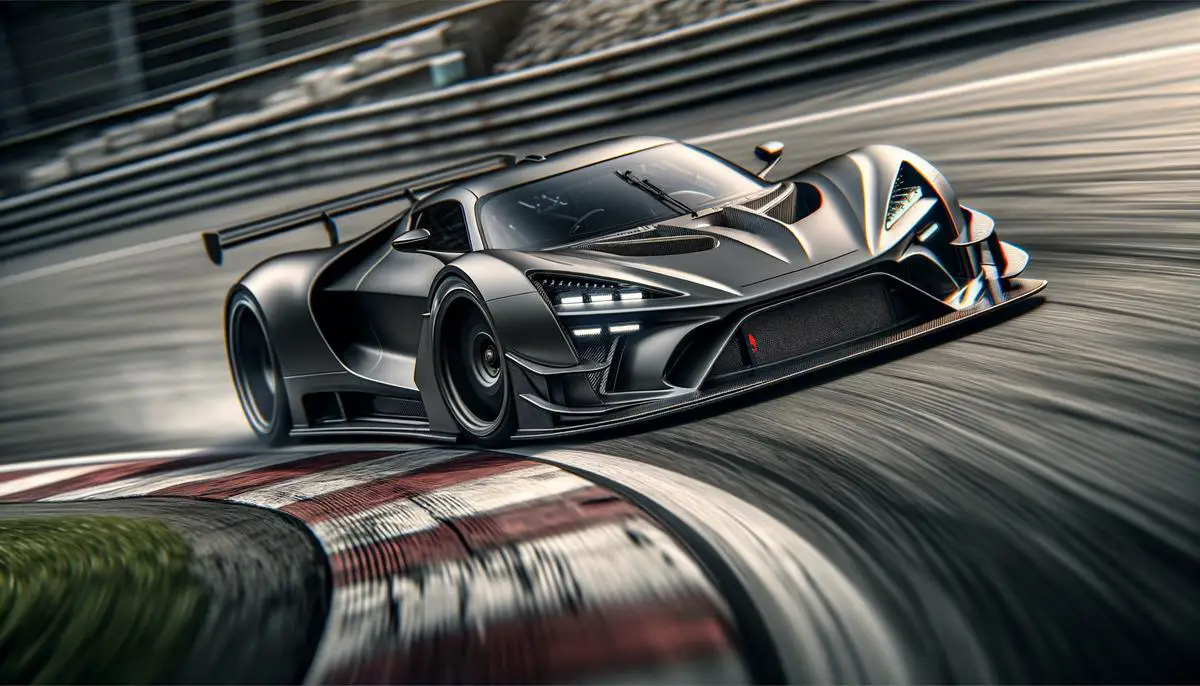
Effects of High Center of Gravity
The implications of a high center of gravity are particularly noticeable in SUVs and trucks. These vehicle types, favored for their size and utility, bear increased risks of rolling over compared to their lower-slung counterparts. The elevated center of gravity contributes to a greater likelihood of tipping over in sharp turns and poses challenges during emergency maneuvers.
In emergency situations where evasive steering is necessary, a high center of gravity will cause more dramatic shifts of weight from one side of the vehicle to the other. This can decrease the vehicle's ability to safely maneuver sudden turns without losing control or rolling over. The challenge is compounded on uneven surfaces or during abrupt stops and starts.
Legally, these challenges inform safety and design standards that manufacturers must adhere to. Modifications to a vehicle's height and suspension can further raise its center of gravity, exacerbating these risks. Most regions have restrictions and guidelines that govern vehicle modifications to maintain safety standards.
For those driving high-CG vehicles, understanding these dynamics is crucial for individual and public safety. Proper awareness can prevent the more severe consequences of a rollover or loss of control during sudden maneuvers. Engineers continually work on innovative solutions like advanced stability control systems to mitigate such risks, aiming to make even high-CG vehicles safer for all road scenarios.
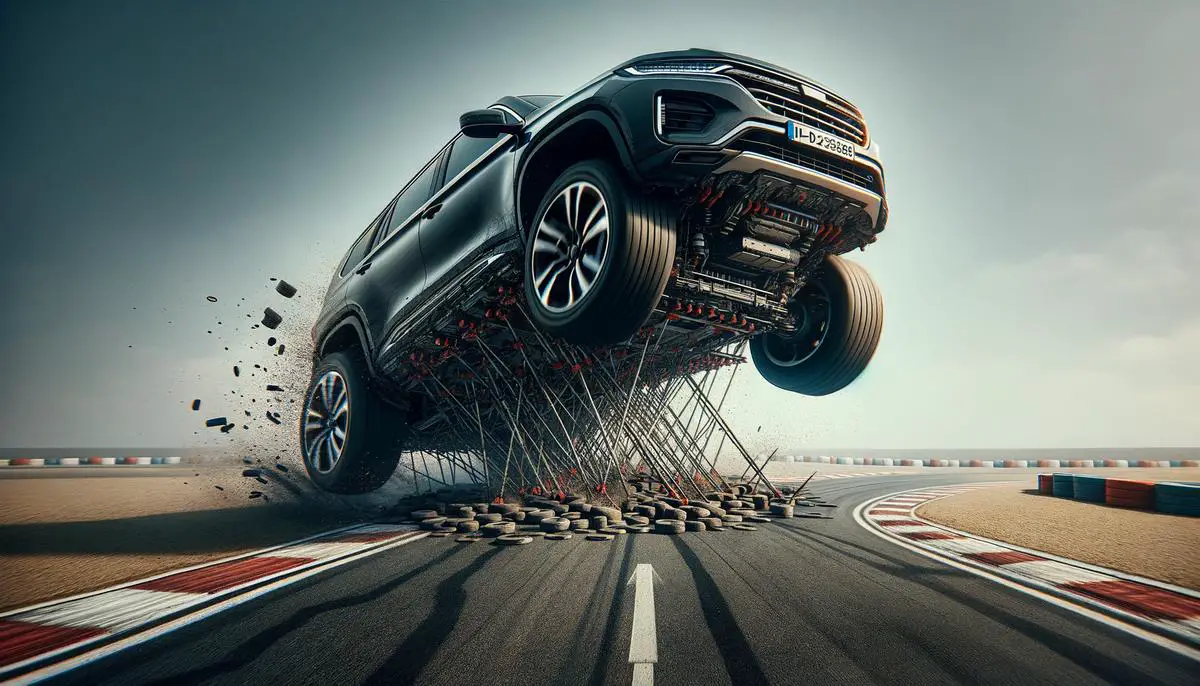
Engineering Solutions to Manage CG
Engineers apply various strategies to optimize the center of gravity in vehicle design, enhancing handling and stability across diverse driving conditions. One common approach is lowering the CG through adjustments to the vehicle's architectural design. By lowering key components such as the engine and chassis, automakers can significantly minimize rollover risks and improve stability. This method is particularly evident in sports cars where the emphasis is on speed and sharp maneuvering abilities.
Adjusting suspension systems is another critical method employed to manage the center of gravity. Advanced suspension technologies, like adaptive and active suspensions, respond to real-time road and driving conditions to alter their stiffness and damping characteristics. Such systems can automatically lower the vehicle's ride height at higher speeds and revert to normal height at lower speeds to maintain ride comfort.
Rear-wheel steering and torque vectoring also play significant roles in mitigating issues stemming from less-than-ideal CG placements.
- Rear-wheel steering allows the rear wheels of a vehicle to angle slightly, improving stability, cornering, and parking ease, making handling large or tall vehicles much more manageable.
- Torque vectoring uses the vehicle's drivetrain to actively manage the distribution of torque to individual wheels. This technology applies more torque to certain wheels during turning, assisting in pushing or pulling the vehicle through a curve, effectively reducing the likelihood of understeer or oversteer.
This orchestration of mechanical design and electronic management systems culminates in safer vehicular operations and enhanced driving experiences. As vehicles continue to evolve, these engineering strategies ensure that stability and efficiency rise on par with growing power and speed capacities.
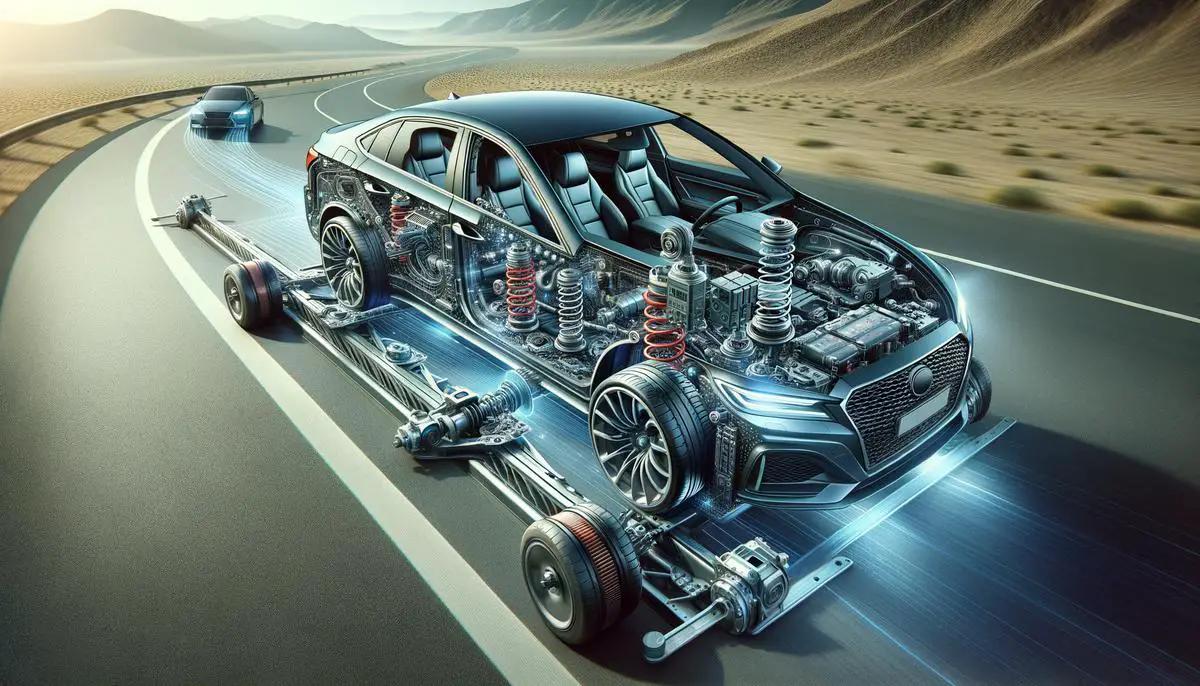
Real-World Applications and Case Studies
The practical implementation and management of center of gravity are illustrated in the design of the Tesla Cybertruck. One notable aspect is its use of a heavy, low-mounted battery pack. This bulky battery powers the vehicle and significantly contributes to a low center of gravity, enhancing stability despite its somewhat towering appearance.
Another key element in the Cybertruck's design is the use of rear-wheel steering technology, which is beneficial for handling and maneuverability, especially in larger vehicles with higher centers of gravity. Coupled with the stringent requirement to keep a lower center of gravity, the Cybertruck showcases how innovative solutions play a role in bettering performance and enhancing safety protocols.
In contrast, high-performance race vehicles, particularly Formula One cars, illustrate balancing CG points to maximize function. These cars maintain an exceptionally low and forward-centered CG, improving traction on the rear wheels for acceleration and aiding in handling by reducing the risk of lift-off during rapid maneuvers. 2
Real-world testing further solidifies these engineering principles. During development phases, manufacturers regularly perform dynamic testing under varied scenarios to analyze vehicle stability and handling predictions against actual performance metrics. Repeated tests on prototypes, such as obstacle avoidance simulations, play a crucial role in understanding how a vehicle's center of gravity will influence its evasive maneuver capabilities.
Through incorporating advanced engineering methods, applying innovative technologies, and conducting thorough applied research, automotive designers and engineers continue to revolutionize safety standards while expanding the boundaries of vehicular capabilities in response to an evolving market demand.
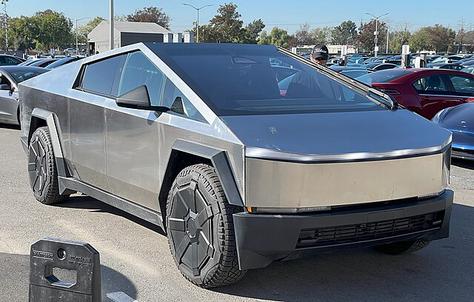
In conclusion, the center of gravity is a crucial factor that impacts vehicle safety and performance. By optimizing the center of gravity, engineers enhance the driving experience, ensuring that vehicles are efficient and safer for everyone on the road.
- Liebemann EK, Meder K, Schuh J, Nenninger G. Safety and Performance Enhancement: The Bosch Electronic Stability Control (ESP). SAE Technical Paper. 2004;2004-21-0060. doi:10.4271/2004-21-0060
- Toet A, Hensen R, Wittink R. Improving Formula One Aerodynamic Performance Using a Tuned Mass Damper System. SAE Int J Passeng Cars – Mech Syst. 2014;7(3):1138-1153. doi:10.4271/2014-01-0598
